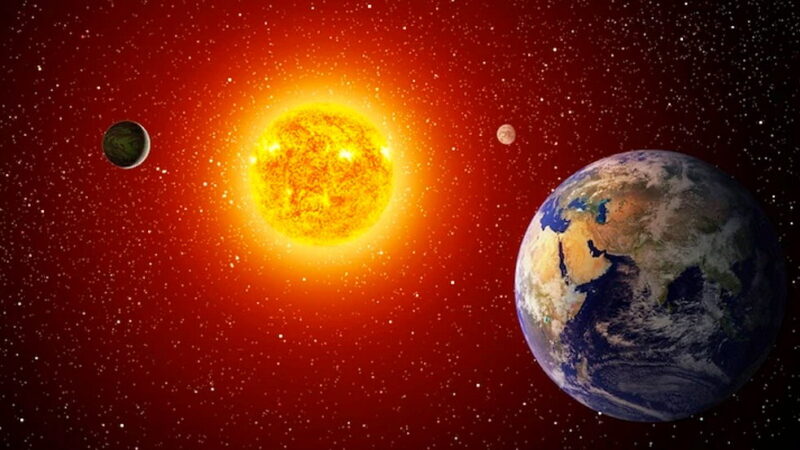Celebrate Perihelion Day—the date when our planet reaches its closest point to the Sun in its orbit. Space is vast and fascinating, and observing these cosmic events helps us better understand our place in the universe. Take some time to learn about this remarkable day!
History
Scientists can now determine the exact moment of perihelion down to the minute, but it wasn’t always easy. There is no direct way to measure the distance from Earth to the Sun; even measuring the solar disk doesn’t provide enough accuracy due to constantly changing conditions. Goniometric tools are also insufficient. However, by applying Kepler’s laws, researchers discovered that the planet’s orbital speed is highest at perihelion (the closest point) and slowest at aphelion (the farthest point). On this day, the distance between Earth and the Sun is approximately 147 million kilometers (about 91 million miles).
People often ask if Perihelion Day will always fall in January. The answer is no. The precession of Earth’s axis causes the timing of perihelion to shift very slowly over time. While the phenomenon currently happens in early January, in the distant future it could occur in February or March. However, this process is so gradual that it won’t change noticeably for countless generations.
Interesting Facts
Fascinating facts about the Sun:
- The Sun’s diameter is over 100 times greater than Earth’s;
- Scientists estimate the Sun has about 5 billion years of fuel left;
- The Sun does not have a solid surface;
- It takes about 8 minutes for sunlight to reach Earth;
- From space, the Sun appears white—the yellow color we see is due to Earth’s atmosphere;
- The temperature of Earth’s core is similar to that of the Sun’s surface;
- About 35% of people sneeze when looking at bright sunlight (the photic sneeze reflex).
How to Take Part
On Perihelion Day, learn more about this astronomical event! It’s a unique occasion observed by astronomers and space enthusiasts worldwide. Read scientific articles, watch documentaries, or share interesting facts with friends. You could even host a space-themed party to mark the day.
When is Perihelion Day in 2026?
Perihelion Day is observed on January 4 each year.
Observations
| Weekday | Month | Day | Year |
| Sunday | January | 4 | 2026 |
| Monday | January | 4 | 2027 |
| Tuesday | January | 4 | 2028 |
| Wednesday | January | 4 | 2029 |




